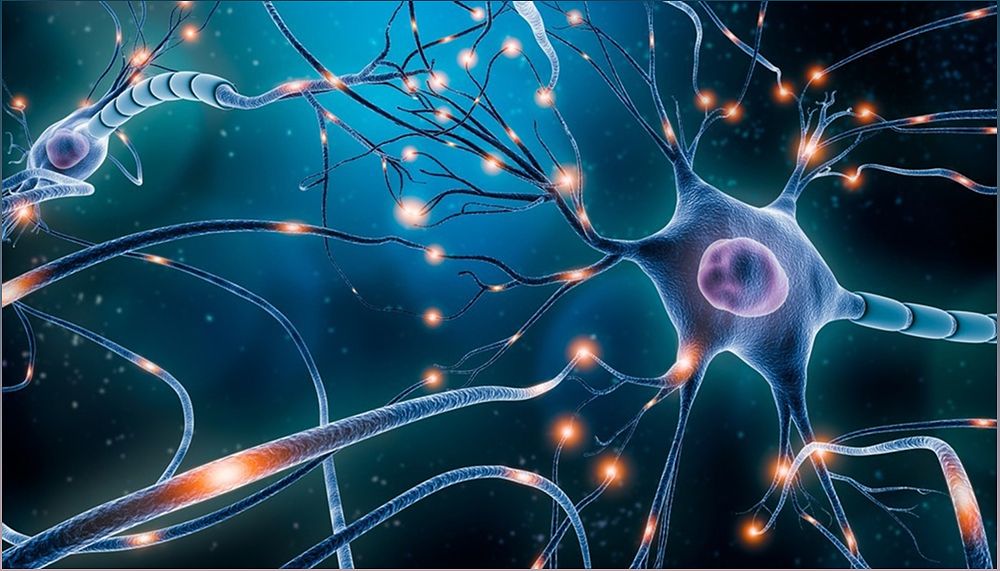Delve into a recent study that explores the intricate relationship between the cerebellum and dopamine release in the substantia nigra compacta (SNc). Gain insights into the role of the cerebellum in motor control, reward processing, and its potential implications for neurological disorders like Parkinson's disease.
The Role of the Cerebellum in Motor Control
The cerebellum has long been recognized for its involvement in motor control. However, its specific influence on dopaminergic neurons in the substantia nigra compacta (SNc) has remained a mystery.
A recent study published in Nature Neuroscience sheds light on this relationship, revealing the direct impact of the cerebellum on dopamine release in the SNc. By understanding how the cerebellum modulates SNc neurons, we can gain valuable insights into movement initiation and regulation.
Unraveling the Neural Pathways
Through a combination of optogenetics, electrophysiology, and anatomical tracing, researchers have unraveled the intricate neural pathways between the cerebellum and the SNc.
Optogenetics allowed for precise control over cerebellar inputs to the SNc, while electrophysiological techniques provided insights into the immediate neuronal responses. Anatomical tracing experiments confirmed the presence of direct monosynaptic projections from the cerebellum to the SNc, targeting both dopaminergic and non-dopaminergic neurons.
These findings provide a clear picture of the cerebellar influence on the SNc and its role in regulating movement and dopamine release.
Immediate Neuronal Responses to Cerebellar Stimulation
Stimulation of the cerebellar-SNc pathways elicits immediate responses in SNc neurons. These responses can be classified as either excitation or excitation followed by a pause.
The majority of SNc neurons respond to cerebellar stimulation, highlighting the strong connection between the cerebellum and the SNc. This interaction plays a critical role in movement initiation, reward processing, and the modulation of striatal dopamine levels.
Furthermore, cerebellar stimulation leads to increased dopamine release in the striatum, further emphasizing the impact of the cerebellum on dopaminergic activity.
Glutamatergic Modulation of SNc Neurons
The study reveals that the cerebellum directly modulates SNc neurons through monosynaptic glutamatergic synapses. These synapses are mediated by glutamate receptors, specifically Alpha-amino-3-hydroxy-5-methyl-4-isoxazolepropionic acid (AMPA) and N-methyl-D-aspartate (NMDA) receptors.
Both dopaminergic and non-dopaminergic neurons in the SNc respond to cerebellar stimulation, highlighting the broad impact of the cerebellum on SNc activity. This glutamatergic modulation is crucial for movement regulation, reward processing, and the maintenance of striatal dopamine levels.
Implications for Parkinson's Disease
Dopaminergic dysfunction is central to Parkinson's disease, making the study's findings particularly relevant for understanding and potentially treating this neurological disorder.
By uncovering the direct impact of the cerebellum on dopamine release in the SNc, researchers can explore new therapeutic approaches that target the cerebellum to alleviate dopaminergic deficits in Parkinson's disease.
Further research in this area may provide valuable insights into the underlying mechanisms of Parkinson's disease and open doors to innovative treatment strategies.

